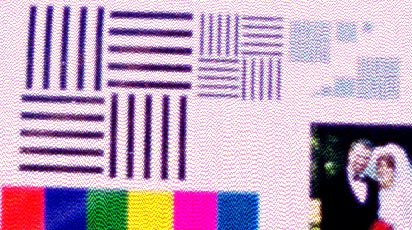Some of those portraits are done with available light in contrasty conditions (direct sunlight with background in the shade). You will do yourself a huge favor when you work with color negative film there. You'll just expose for the shadows and recover the highlights in scanning. With slide film you'll be in for a spot meter, probably some softbox lighting (or at least a portable reflector) and a good amount of bracketing.
In the food shots I see more pictures where he let the shadows "drop off", but then you can do that too with color neg film. The difference is that you get to decide in post-processing - with a big safety margin - at which point exactly you want the shadows to get off.
The lab where they develop my C-41 gives me rough scans on a CD. From that I'll decide which ones I want to really scan myself. (I'm using 6x9 on 120 film.)
Given that a color negative contains everything a slide does and given that it's much easier to bring it all out in a scan... get yourself some good color neg film and never look back. The ability to bring all that contrast on film and get it all digitized is just so worth it.
I have very good experience with both of the 160 "neutral color" films, only once with a 400VC (which I didn't like so much, but with careful scanning it was ok). The finer grain doesn't make that much difference in large format, but then it's all a matter of what you want to do with it (i.e. how big you want to go). The 400 obviously can give you a little bit more room in respect to exposure times when doing portraits.




 Reply With Quote
Reply With Quote



Bookmarks